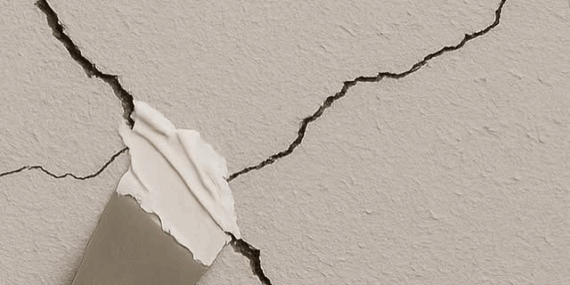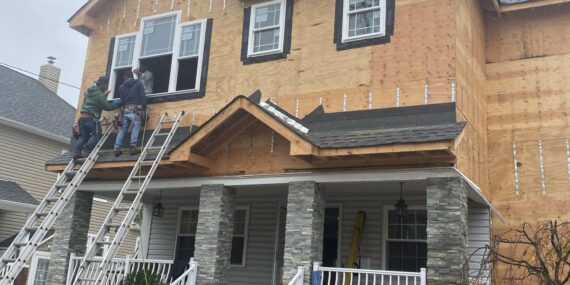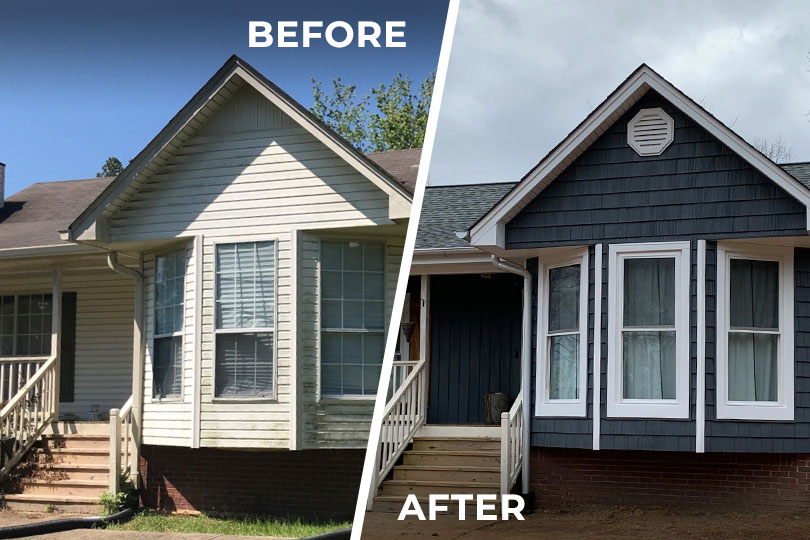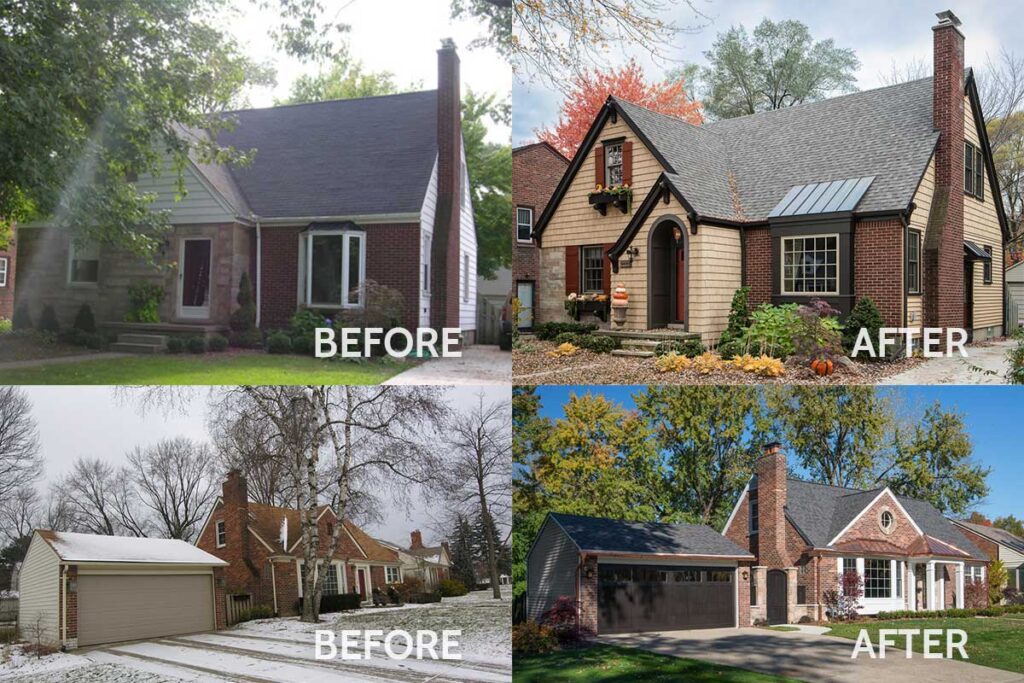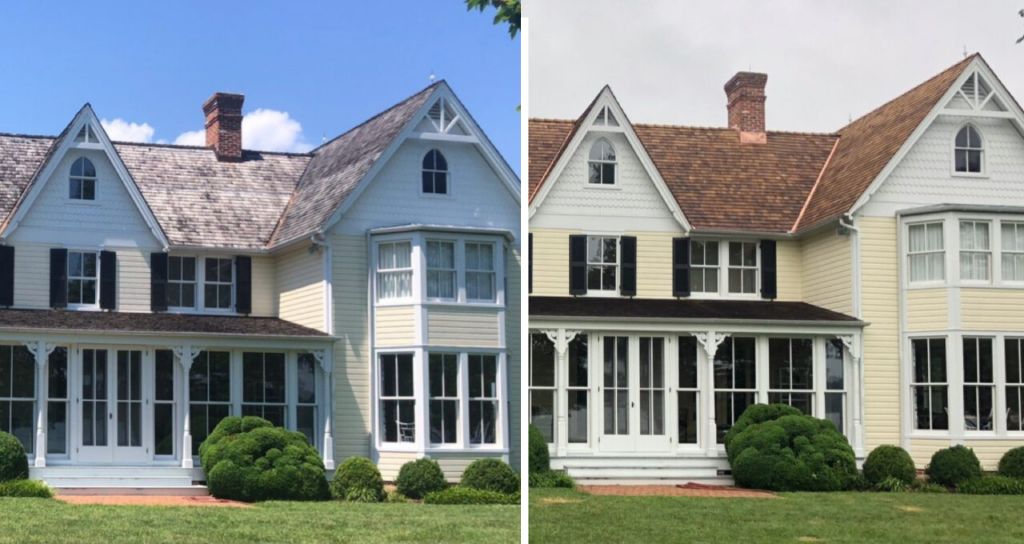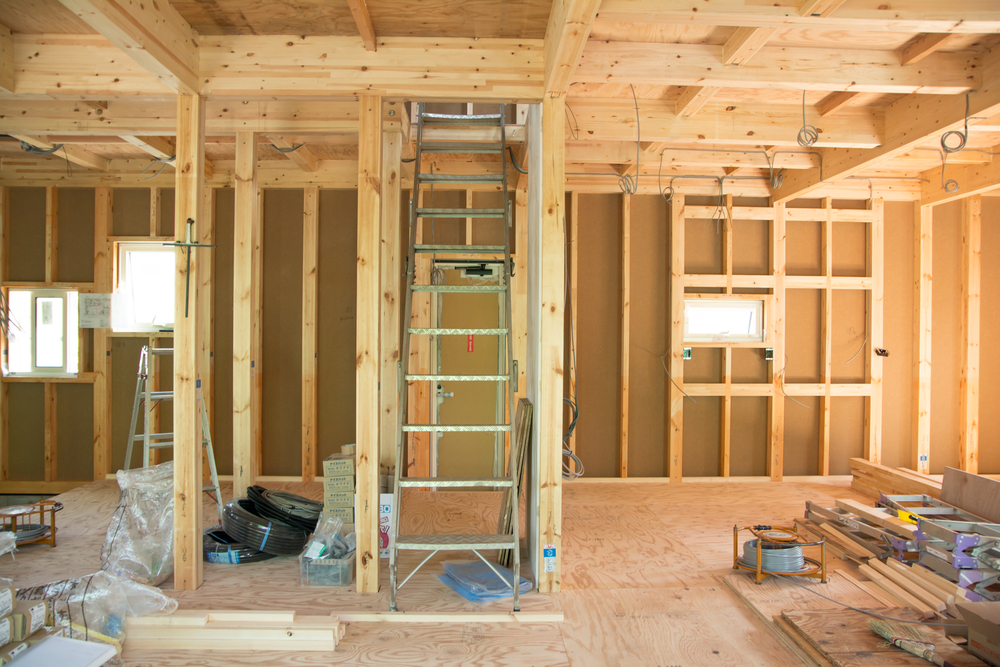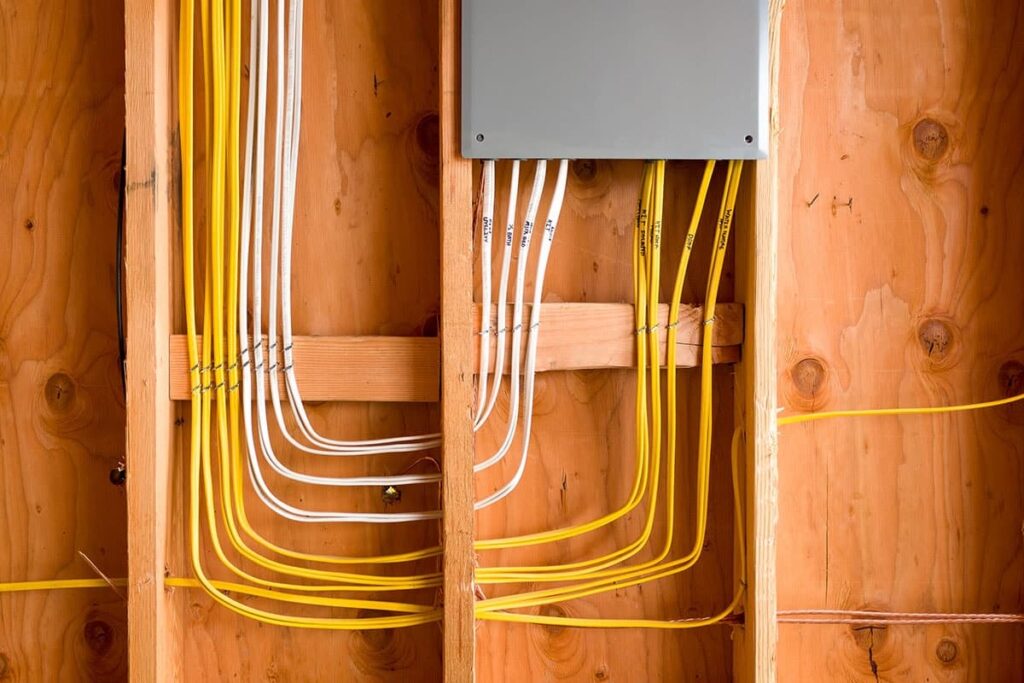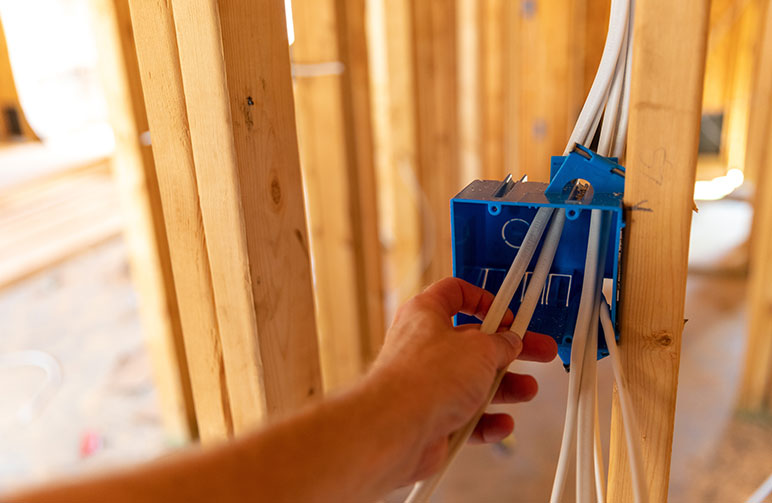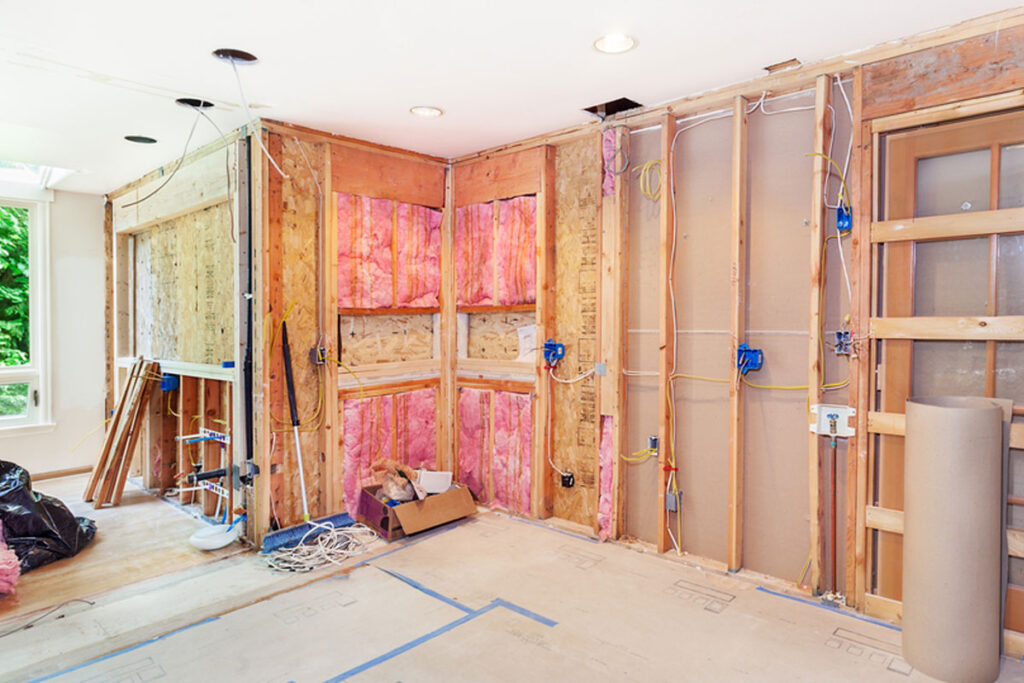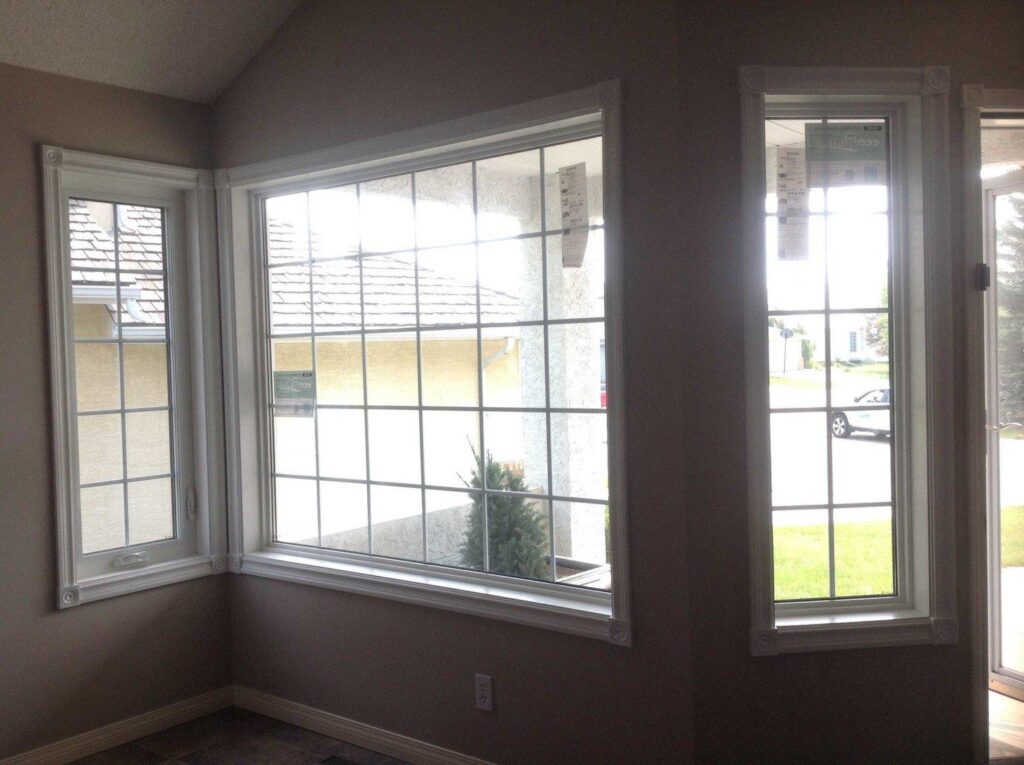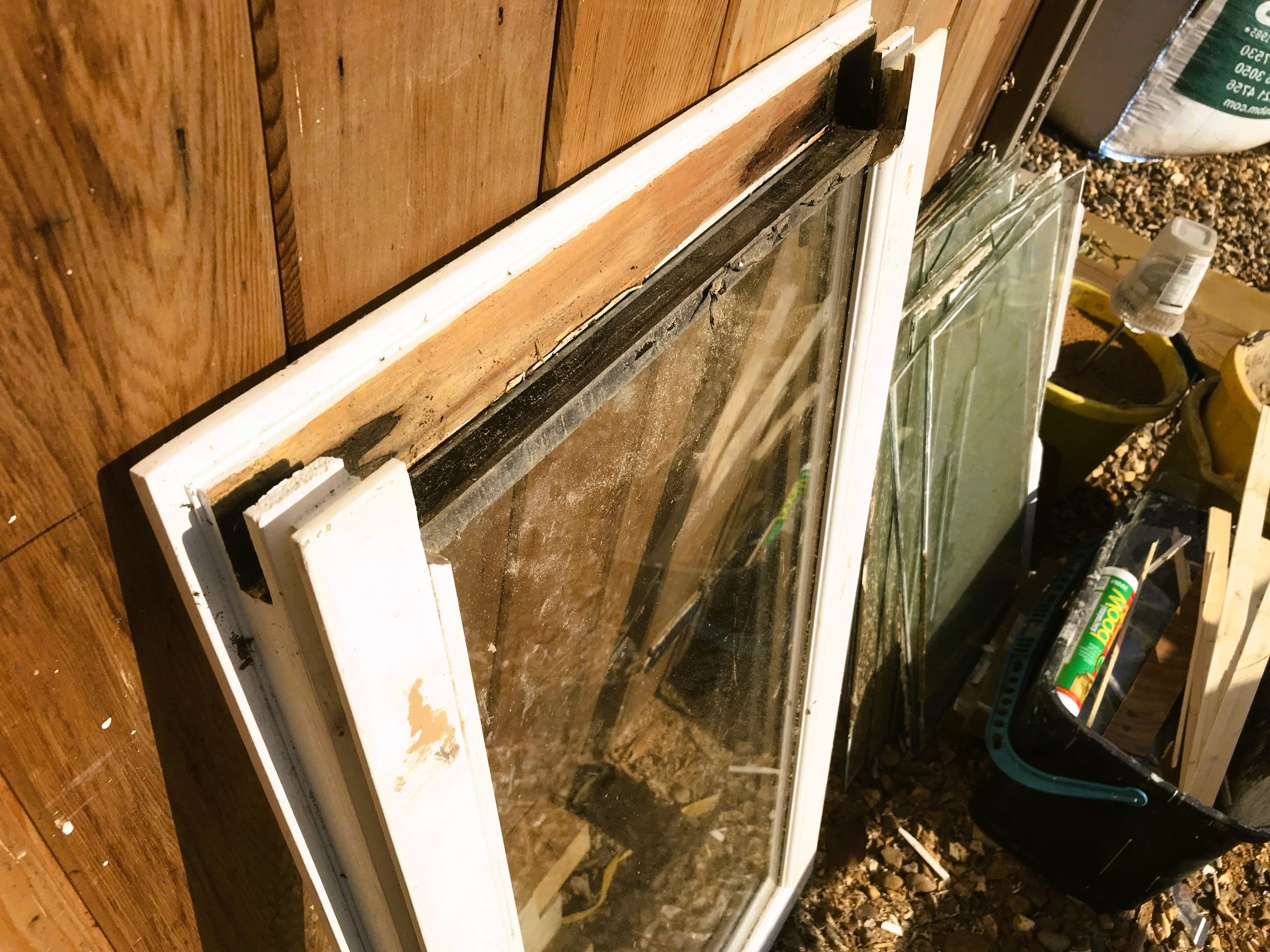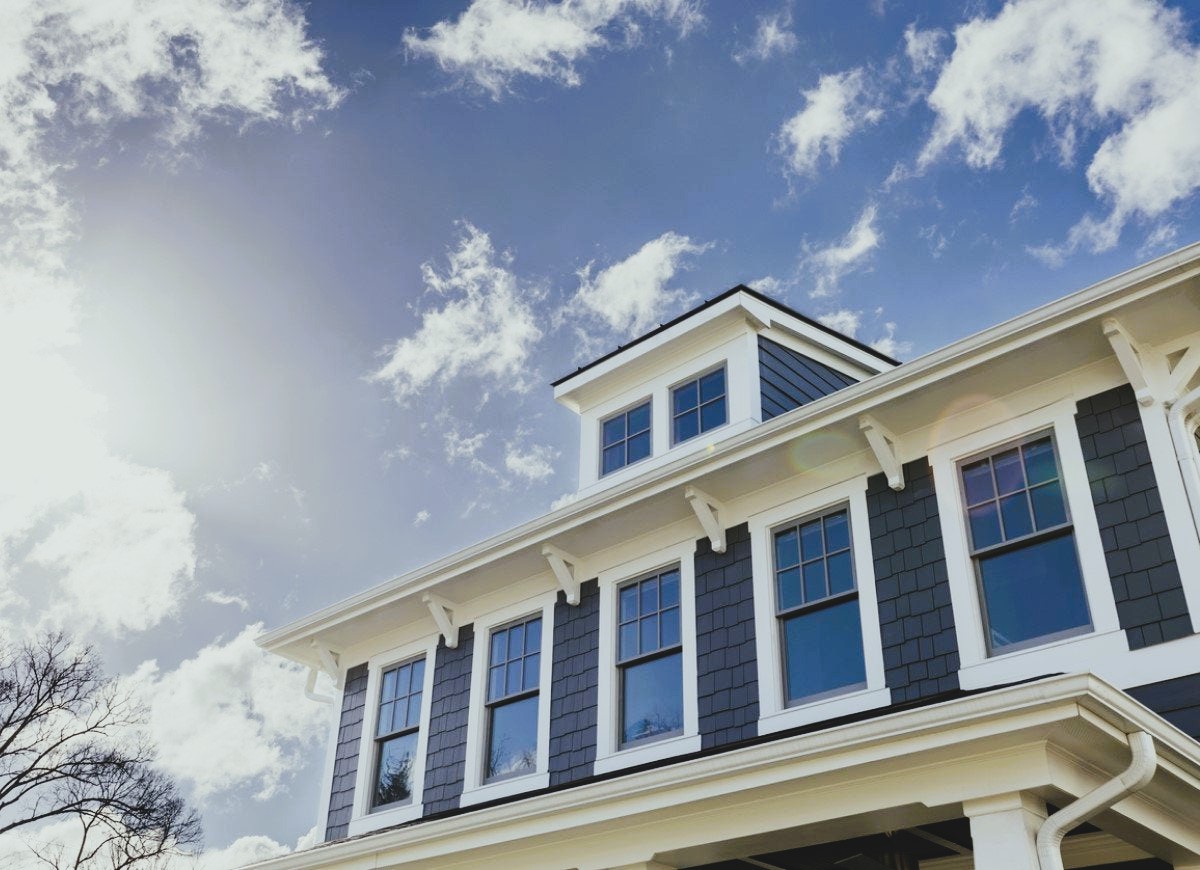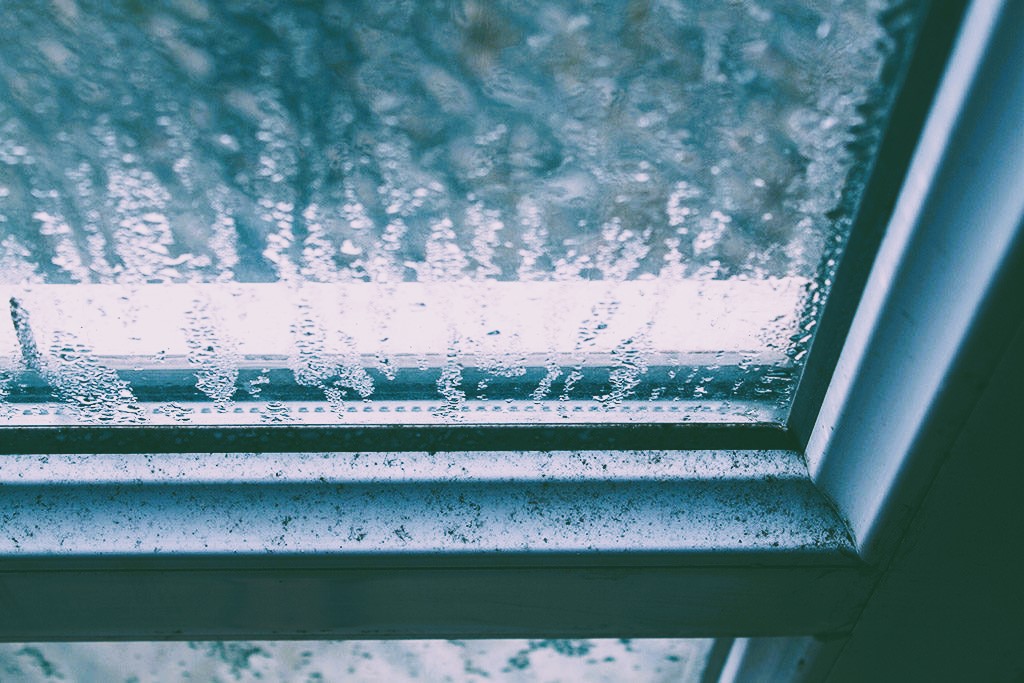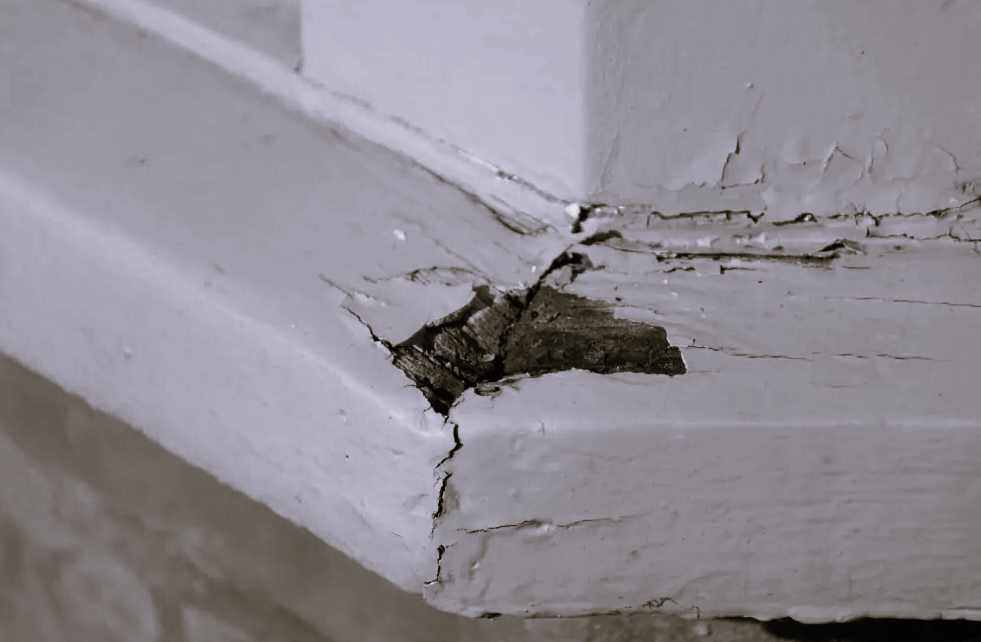When to Worry About Wall Cracks: A Homeowner’s Guide
Cracks in walls are something most homeowners encounter at some point. The real challenge is knowing which ones are harmless and which ones are early warning signs of bigger problems. While many cracks come from normal settling or seasonal changes, others can hint at structural concerns that demand quick action. Understanding when to worry about wall cracks will help you protect your home and avoid unnecessary stress.
What Causes Wall Cracks?
Not every crack spells trouble. Walls can develop fissures for many ordinary reasons:
- House settling: New homes often shift slightly within the first few years, leaving small cracks near doors or windows.
- Temperature changes: Materials like drywall and concrete expand in the summer and contract in the winter, sometimes leaving hairline splits.
- Humidity swings: Wood framing swells in humid conditions and shrinks in dry weather, putting stress on finishes.
- Structural issues: Wide or jagged cracks may signal problems with the foundation, water infiltration, or even poor construction.
For example, a thin, vertical crack above a doorway is usually a sign of settling. By contrast, a wide diagonal crack could point to foundation movement.
Why Paying Attention Matters
It can be tempting to ignore small imperfections, but recognizing the difference between cosmetic and structural cracks is important. A hairline fracture might only need a simple patch and paint, while a widening stair-step crack could grow into a costly repair if left untreated. Paying attention early means you can prevent small issues from turning into larger disruptions.
Government research on foundation failures in Atlantic Canada highlights how small cracks, when ignored, often progress into serious structural problems.
Comparing Harmless and Worrisome Cracks
Here’s a quick guide to help you sort harmless cracks from those that deserve a closer look:
| Parameter | Harmless (Settlement) Cracks | Worrisome (Structural) Cracks |
| Size & Shape | Hairline thin (less than 1/8 inch). Straight, vertical. | Wider than 1/4 inch. Jagged, diagonal, or stair-step. |
| Location | Above doors, windows, or wall corners. | Across ceilings, floors, or over foundation walls. |
| Accompanying Signs | No other issues. Crack doesn’t change over time. | Sticking doors, sloping floors, water stains, foundation cracks. |
| Growth | Remains the same month after month. | Actively widens or lengthens over time. |

As a rule of thumb, cracks wider than 1/4 inch should be checked by a professional. Cracks wider than 1/4 inch should be checked by a professional. Academic studies, such as one on defining structural cracks in exterior concrete walls, confirm that crack width and pattern are key indicators when distinguishing harmless settlement lines from structural risks.
Handling Small Cracks Yourself
If you’ve identified a hairline crack caused by settling, a DIY repair is often enough:
- Mark the crack ends with a pencil and date them.
- Watch over a few months – if it doesn’t grow, it’s safe to patch.
- Use spackling compound, sand smooth, and repaint.
This quick repair helps keep your walls looking fresh without needing a contractor.
When to Call a Professional
Larger or suspicious cracks need expert attention. Warning signs include:
- Cracks running diagonally or in stair-step patterns.
- Doors and windows suddenly sticking.
- Sloping or uneven floors.
- Signs of moisture or water infiltration.
In these cases, a structural engineer can diagnose the underlying cause. From there, you may need a foundation specialist to carry out repairs. Though it can be an investment, it’s one that safeguards both your home and your peace of mind.
For more, see our guide on hiring professional contractors for home repairs.
Mistakes to Avoid
When it comes to cracks, a few common errors can make things worse:
- Ignoring growth: Hoping a crack will disappear is never the answer.
- Using the wrong filler: Spackle on an active crack will just split again.
- Painting over problems: Fresh paint won’t hide an underlying issue for long.
- Misdiagnosing causes: Overlooking water damage can lead to mold and rot.
Careful observation and the right repair method will save you money and stress.
Balancing Quick Fixes and Lasting Solutions
Some contractors may suggest sealing a crack with epoxy or caulk, which can work for minor issues. But these quick fixes won’t solve deeper structural problems. A structural engineer, on the other hand, looks at the “why” behind the crack – sometimes recommending solutions like improving drainage or reinforcing the foundation. Though more costly upfront, these repairs offer long-term stability. The UN Environment Programme’s Global Status Report emphasizes that resilient buildings and proper structural maintenance are critical for safety and sustainability worldwide.

Frequently Asked Questions (FAQ)
1. How do I know if a wall crack is just cosmetic – or a real problem?
Start by looking at the size, direction, and location. Hairline cracks above doors or windows are often harmless settling. But wide, jagged, or diagonal cracks – especially if they keep growing – can mean structural trouble that deserves a professional look.
2. Can small cracks get worse if I ignore them?
Yes. A hairline crack might stay the same for years, but if you leave it unmonitored, you won’t know if it’s spreading. Mark the ends with a pencil and date them – if it grows over time, that’s your cue to act quickly before a small repair turns into a costly foundation job.
3. What’s the risk of “just painting over” a crack?
Paint will only hide the surface for a short time. If the crack is active or tied to water damage, it will reopen – and you’ll lose valuable time to address the root cause. A quick coat of paint may make walls look fresh, but it won’t protect your home’s structure.
Conclusion
Cracks in your walls aren’t always cause for alarm, but they should never be dismissed outright. By learning how to tell harmless settlement lines from structural warning signs, you can act early, save money, and keep your home safe. Watch for growth, note accompanying issues, and don’t hesitate to call a professional if something seems off. Knowing when to worry about wall cracks gives you confidence and peace of mind as a homeowner.

